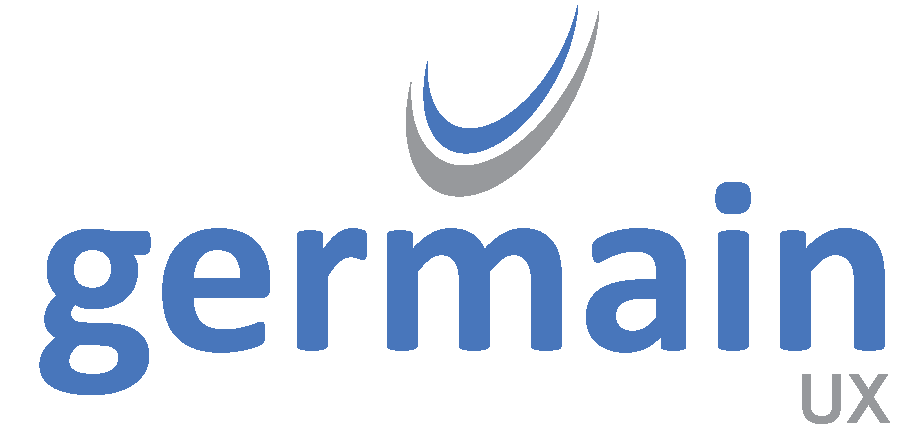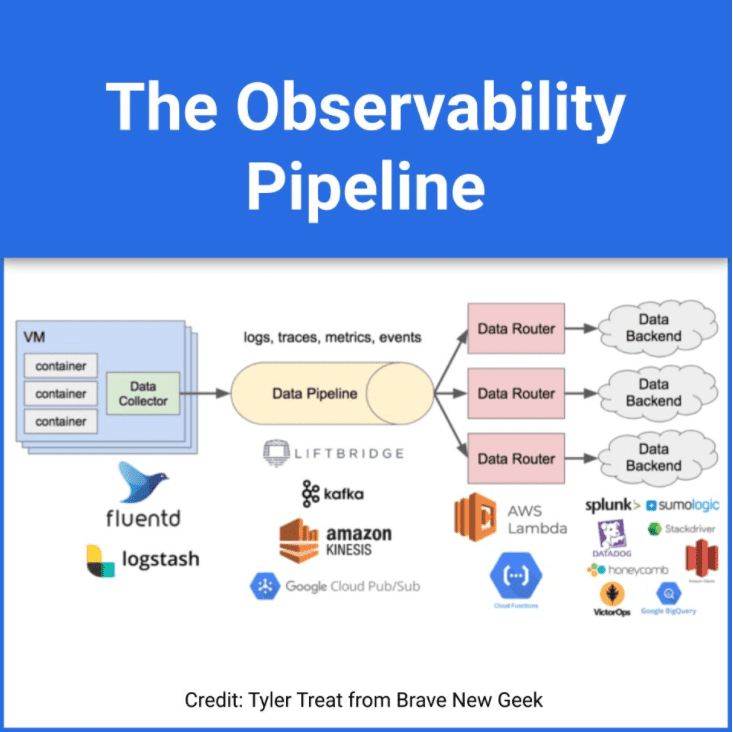The Observability Pipeline 🔦
Today’s systems are more distributed, dynamic, and complex than ever before – plus, users have more expectations.
Also, the historical reliance on an operations team to monitor, triage, and/or resolve issues has become untenable as the number of services increased.
This means that many of the tools that were well-suited before might no longer be adequate.
So, this is where observability comes in: it aims to provide more granular insights into the behavior of systems along with rich context useful for debugging and business purposes.
Phrased differently, if monitoring is about known unknowns and actionable alerts; observability is about unknown unknowns and empowering teams to interrogate their systems.
But there also needs to be an observability pipeline.
With this pipeline, we decouple the data sources from the destinations and provide a buffer. Now the observability data is more easily consumable. All the data is sent to the pipeline, which handles filtering it and getting it to the right places.
And this observability pipeline is shown in the image above.
What are your thoughts on the observability pipeline? Share with us below! 👇
Germain UX – Improve Sales Processes and UX in Real-Time
Credit: Tyler Treat




